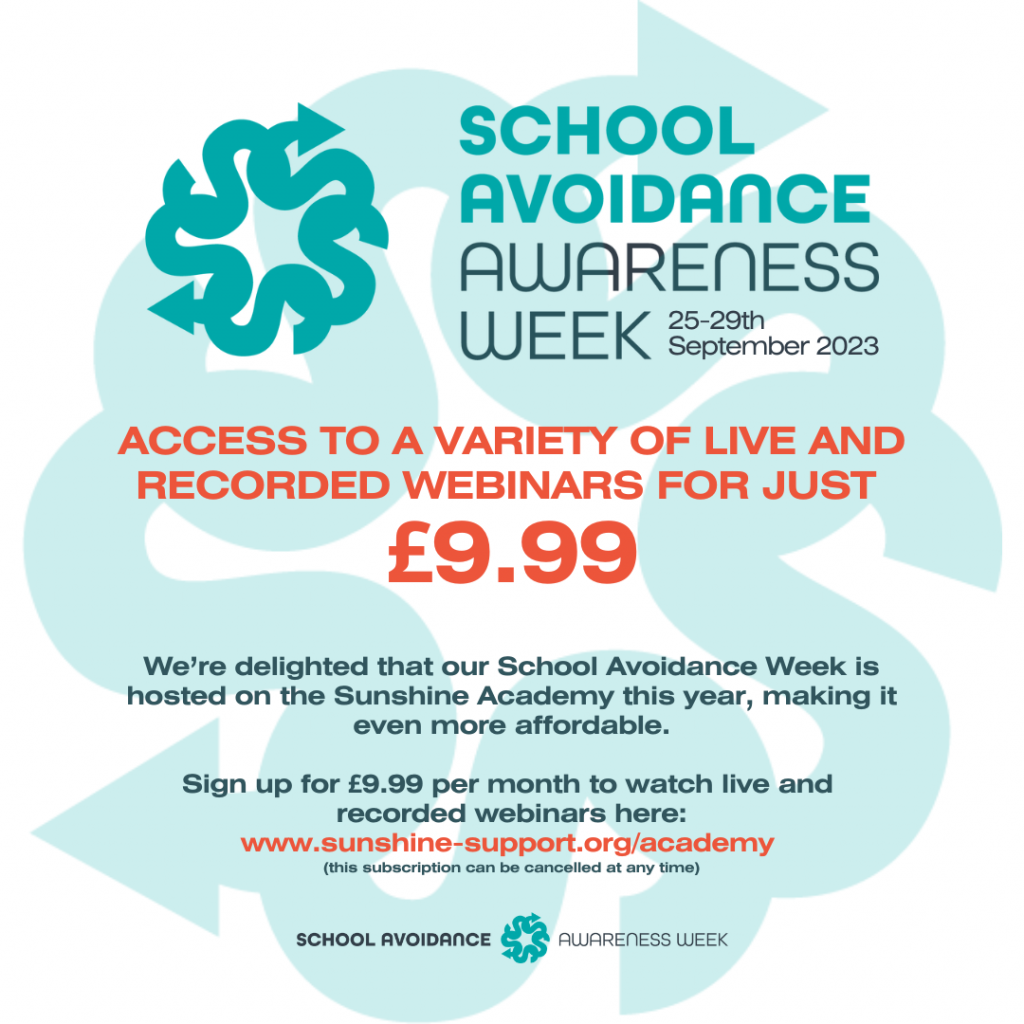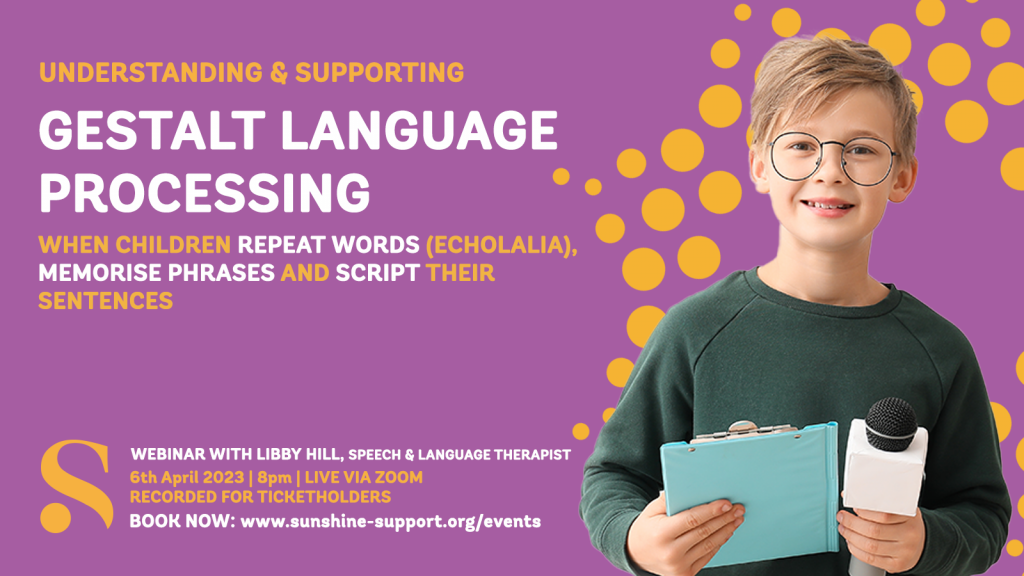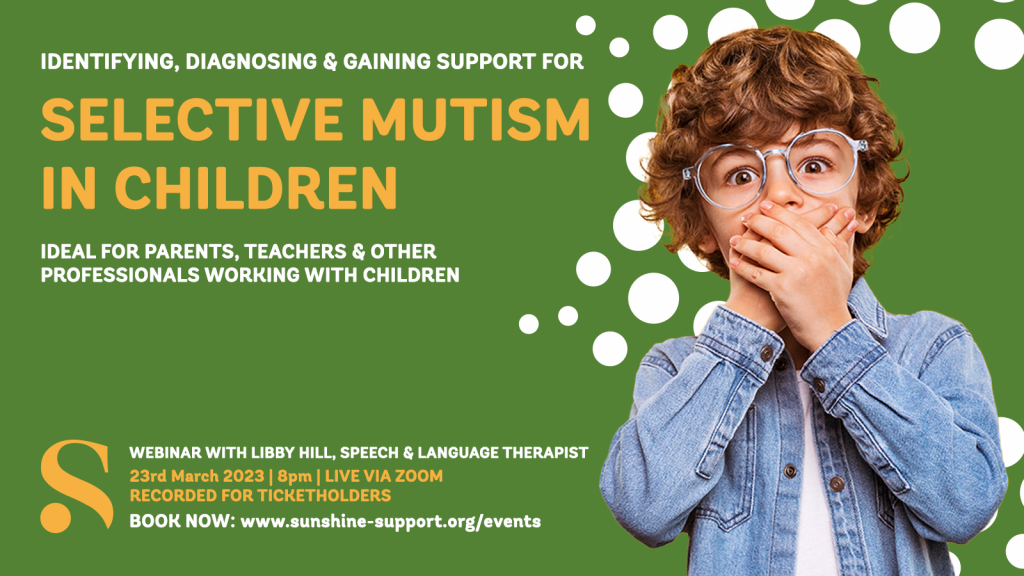
6 months after being diagnosed with combined type ADHD, what have I learnt and what have I uncovered?
1. Dopamine is not what you think it is
It is widely believed and accepted that one characteristic of ADHD is a deficiency in dopamine.
For a long time, I was under the belief that dopamine is the chemical that is released when you achieve something, and it makes you feel good.
However, as I discovered in comedian Sara Pascoe’s book ‘Sex Power Money’ of all things, dopamine is not what is released after you achieve something but actually released beforehand. The brain assesses how something will benefit our survival and then gives us that hit of dopamine to motivate us.
She gives the example in the context of food:
“Humans need energy to fuel themselves and carrots only have a little bit of energy. We might eat them if they’re right there on the plate but we’re not going to run down the shops especially. Doughnuts, though, doughnuts contain lots of calories and lots of lovely fat and so we really want them. Think how long the energy a doughnut would power you and it’s obvious why they’re far more appealing than carrots. If you’re craving one now that’s dopamine.”
This is fascinating! Most crucially it explains why so many people crave sugary and fatty foods, it’s sort of survival instinct.
2. The Reason I lose everything all the time…
It is called object permeance.
A few weeks ago, I cleaned my entire apartment, reorganised everything, had a huge clear out, it was gleaming. Then when I tried to leave, I realised I could not find my house key…
After being in a strop for a good half hour, looking through every drawer and cupboard, tearing all my hard work apart, I discovered my key in the bottom of a wastepaper basket… Frustratingly this was not the first time this sort of thing had occurred.
According to research, it is very common amongst people with ADHD to experience something called ‘object permanence’.
This can present itself in many different ways but the most common is where if you put something away or in a different place then your brain registers it as non-existent. It literally ceases to exist.
The solution for this? Either live in mess forever and never lose anything again or be incredible organised and ensure everything has its own space.
3. Medication can be extremely helpful – (but not a cure!)
The media loves to portray ADHD as a personality disorder or a behavioural difficulty or an excuse to seek attention. It also seems to enjoy pushing the narrative that people use ADHD as an excuse to medicate themselves with stimulants that they claim to be exactly the same as cocaine or ecstasy… *eye roll*
All this scare mongering has created a huge amount of stigma and revoke when it comes to people with ADHD and taking medication.
My own experience taking medication, specifically Methylphenidate (more commonly known in the UK as Ritalin), has been great. I have been taking it every morning for over 6 months now and I have been more productive, focused and somewhat less impulsive.
The only downside to taking it and a common side-effect is that it can suppress your appetite. However, as long as you are aware of this it is easy to adjust and make sure you eat properly.
4. Exercise – it makes our brains bigger
Somehow, I have managed to train myself to exercise every time I want to avoid doing something, like laundry or answering emails (sshhhh don’t tell Chrissa – it’s our secret ;)).
This was an accidental habit I formed over the last few months, but it has proven to be fantastic for both my physical and mental health and also my focus.
According to science, exercise help us produce endorphins, dopamine, and serotonin. All the things that ADHD medications help regulate. However, there is more to it than just creating and releasing chemicals.
When we exercise a protein in our brain called ‘brain-derived neurotrophic factor’ causes us to experience something called ‘neurogenesis’ which in simple terms means the creation of new brain cells.
Exercise actually strengthens our brains allowing us to maintain better focus and be more creative!
5. The ADHD is extremely dominant
There have been many studies into the gene and where it comes from. Some accounts describe ADHD as a left-over gene from our hunter and gatherer ancestors. Our senses being more sensitive as to detect incoming danger or hunt animals or catch the scent of growing fruit.
Other accounts refer to it as the future. Neurodiverse brains being the next phase in evolution.
Either way, all studies point to the fact that the ADHD is extremely dominant. In fact it is over 50% likely that if you have ADHD then you will have a child with ADHD too.
6. ADHD and Autism
ADHD and Autism share many common characteristics and there is a huge overlap between the two neurodiversities.
Studies show that up to 80% of autistic people also meet the diagnostic criteria for ADHD and up to a quarter of people with ADHD will exhibit traits common to Autism.
From speaking to people with both ADHD and Autism, it seems the two often pull at each other. The Autistic brain demanding order and routine and the ADHD brain trying to break free and explore thousands of ideas at once and relish in the chaos. Often this creates autistic burnout or shutdown necessitating time out to recover.







